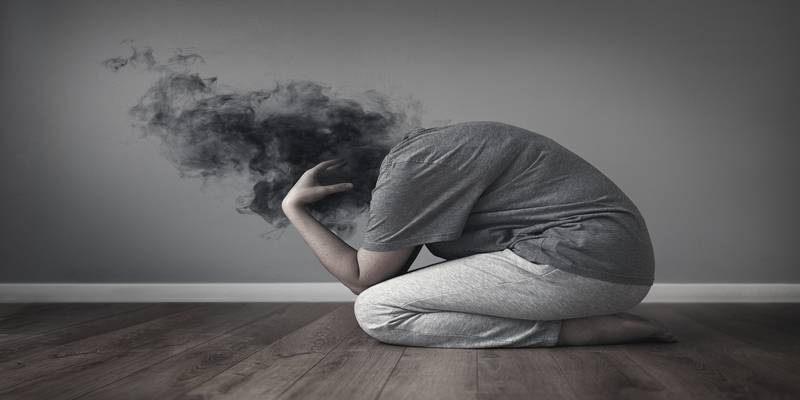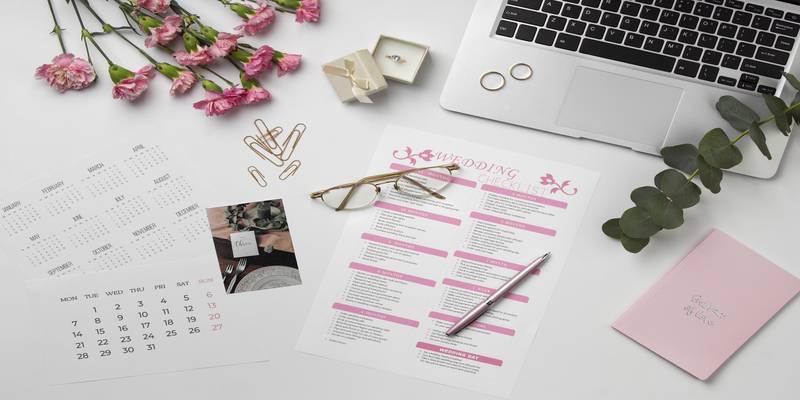Rethinking anxiety and being mindful about ourselves

My mind reflects at the scene that is being painted simultaneously: I am standing alone, facing something that is not familiar to me. I sense I am in danger. I look around and I find myself without a guard. A step back taken by me is a step forward towards the immediate danger. My heart beats faster; my sweat glands are activated and I’m slowly losing the rhythm of my breath. The words spiral in all directions and lose their formation. My eyes are staring at a whole different scene: I am inside the comfort of my home sheltered by familiar sounds and sights. There is nothing around me that is a threat. Yet, my body, mind and emotions are behaving as if it is.
We are living in the age of “Happiness Industry” where every moment experienced is asked to be contoured with laughter and smiles. The rush for the ideal emotion creates a void that, if left unfulfilled, dilutes any and all efforts an individual makes to face his/her or their challenges. When the thickening layer of toxic positivity is wiped off, we see how experiences of stress and anxiety exist alongside with our daily lives.
Stress and anxiety: the fine line
Every individual’s life has been teamed-up with stressful situations. Stress can be defined as our mental and physical response to an external cause. It is stitched into the fabric of both good and bad experiences like dealing with a challenging deadline, shifting jobs or getting married. Once the external cause is resolved, the body focuses on re-establishing its optimal level. On the other side of the fine line, anxiety is as an individual’s mental and physical reaction to stress even in the absence of any external cause or threat. It is defined as recurring thoughts and feelings of worry, fear and apprehension about yourself and/or others. There is a swirl of feelings of uncertainty coupled with attempts to establish any control in daily life.
Anything unfamiliar in our familiar setting will cause our mind and body to respond to the situation with physical, emotional and cognitive characteristics. Physical characteristics of stress and anxiety can be headache, muscle tension, palpitations, infrequent appetite and sleep. Psychological characteristics of stress and anxiety are mostly driven by excessive worry, uneasiness, poor concentration and focus. The vocabulary that surrounds the porous fine line between stress and anxiety is the keyword ‘recurring’: anxiety usually involves thoughts and feelings which are persistent and bonded deeply into an individual’s life as feelings of apprehension or dread. The danger that drives the experiences of anxiety can be real or imagined.
But is all stress and anxiety bad? Mental health professionals emphasize that occasional experiences of stress and anxiety are natural and can help us in growing our coping mechanisms when faced with difficult and challenging life situations. It acts as an internal alarm system that switches on when necessary tools of safety are to be adapted to maintain and grow our well-being. However, unguided stress and anxiety for a long duration can affect the daily lives of the individuals involved. We all approach our lives with our unique traits. How we interact with the environment and its stressors, has a personal imprint. It is often said that if you cannot change the environment, we can change our response to it. We can create our own care kits when dealing with experiences of stress and anxiety.
Find your breath
One of the characteristics of anxiety is shortness of breath alongside a tightness of chest and building muscle tension. Our mind interprets these physiological reactions as a potential threat around us. As short-term support during an anxiety-driven experience, practising deep breathing exercises can help in allowing control back. In this, you focus on
- Finding a comfortable room or space where you can sit or lie down
- Start with your normal breathing pattern. Close your eyes if it helps in gathering focus
- Start slow breathing through your nose, letting your chest and lower belly to rise
- Breathe out slowly through your mouth
- Repeat it at least five times (or a number that suits you)
Deep breathing exercises may begin as short-term support for stress and anxiety. Through daily practice and routine, they have the potential to be a strong coping mechanism at your disposal.
Find your footing
Another threat that our mind receives from the body after having an anxiety-driven experience is weakness, periods of trembling and loss of concentration or focus. Body awareness exercises help in re-anchoring ourselves by focusing on different sensations that one feels during a particular exercise. In this, focus on:
- Firmly placing your feet on the floor, wiggle and curl/uncurl your toes
- Rub your palms together and feel the heat growing between them
- Slowly move your shoulders in both clockwise and anti-clockwise direction
- Clench and unclench your hands to observe the tension building and releasing
This short-term support will aid in relaxing the body and will assist in restoring it to its optimum level.
Find your ground
One of the methods to be conscious/self-aware is known as grounding where you are bringing your focus in the present by reconnecting with the environment. As short-term support, grounding helps in anchoring ourselves with our surroundings by recognising the tangible aspects. One of the most common grounding techniques suggested for stress and anxiety is the 5-4-3-2-1 method. In this, focus on:
- 5 things you can see around yourself in a room
- 4 things you can feel by touching
- 3 things you can hear around you
- 2 things you can smell around you
- 1 thing you can taste or like
You can have your own version of 5-4-3-2-1. The goal is to identify the tangible aspects around you at that moment.
Find your community
An individual who has experienced stress and anxiety is aware about the narrative of stigma attached to it. They are clouded by feelings of shame or guilt and are hesitant to share their experiences. They may begin to disconnect or alienate from their loved ones and supportive community. It becomes hard to manage motivation for daily activities and work. Therefore, it becomes crucial to review the social support system that is available at your disposal and what can be introduced.
- Find and talk to a trusted family member, friend or someone from the community that you feel comfortable with
- Participate in hobbies that open events where you can participate and feel welcomed
- Seek professional help to learn stress and anxiety management techniques
In our journey to create a safer place for our mental health, it is important to remember that we are not alone in this. One of my friends guided me through this mantra that I’ll share with the readers, “If one day at a time is not possible, take one hour at a time”.






